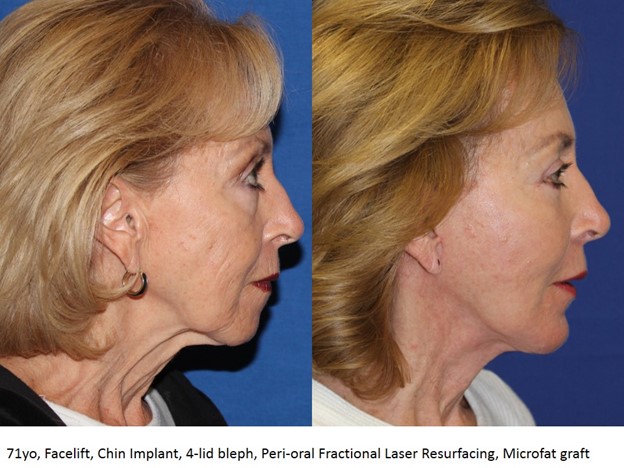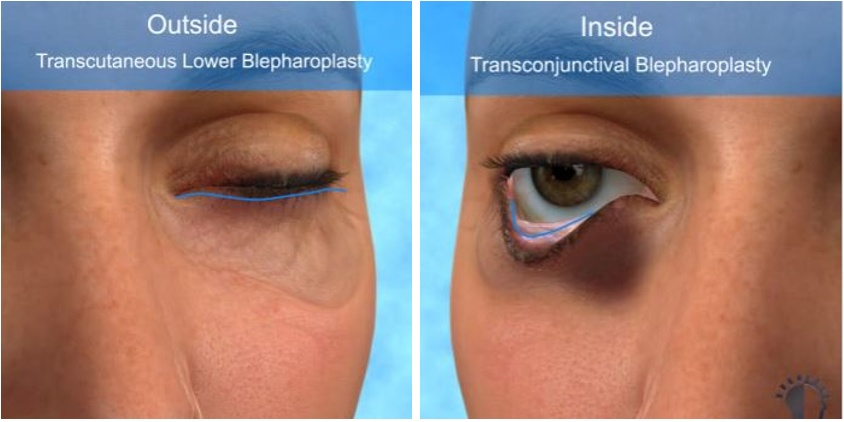What is a rhinoplasty?
Also known as a nose job, rhinoplasty is nose shaping surgery that alters the cartilaginous and bony framework of the nose to correct any of the following: a nose that is too large, too small, misshapen, or otherwise not in proportion to the rest of the face. It addresses concerns regarding the angle of the nose, breathing problems related to irregularities within the nose – such as a deviated septum – a bump on the nose, or a nose tip that is drooping, bulbous, raised, or wide.

The structural support of the nose consists of bone and cartilage
What can I expect from a nose shaping procedure?
Nose shaping can create and restore a desired shape to the nose. These changes can dramatically affect one’s self confidence. Additionally, if you suffer from structural nose problems that cause breathing or congestion difficulties, nose shaping can permanently correct this condition.

Simulated nose shaping before and after to remove dorsal hump
What are the different ways of approaching this procedure?
There are two methods of surgical nose shaping – open rhinoplasty and endonasal or “closed” rhinoplasty. In an open rhinoplasty procedure, a small incision is made in the columella (skin between the two nostrils) and continued to the inside of the nostril on each side. In an endonasal rhinoplasty, all of the incisions are made inside the nasal passages.

An open rhinoplasty incision underneath the nostrils
What can I expect in terms of scarring?
Depending on the method preferred by your board certified plastic surgeon, you may or may not have any visible scars. An open rhinoplasty will leave a small scar on the outside of the nose, but this is generally very difficult to identify after complete healing. An endonasal rhinoplasty procedure will leave no visible scars. Your surgeon may need to obtain cartilage from the ear or rib to use in the nose reshaping procedure. In this case, an additional scar will be present behind the ear or on the chest.
Why is chin augmentation frequently recommended with rhinoplasty?
Many patients who have a weak or receding chin will also often have the complaint that their nose is too large, and they desire nose reshaping surgery to reduce its size. The chin is a critical landmark for facial proportion and harmony. For this reason, a small chin can give the illusion of the nose being too large for a person’s face. In many cases, the ideal result comes with conservatively modifying both the nose and chin to balance the facial proportions.
Click here for before and after’s
The Center for Dermatology and Plastic Surgery: Advanced care for your skin, every step of the way.






















